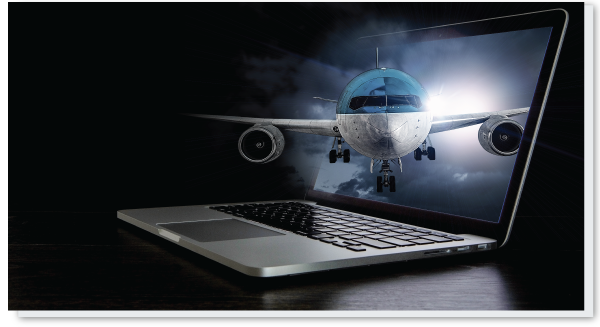A brief history of DO-331

The DO-331 Guideline
DO-331 is an essential guideline for the use of models in the development and verification of software for airborne systems and equipment. It provides additional objectives, activities, and explanatory material on how to apply modeling techniques effectively in the context of DO-178C’s software lifecycle processes.
Why was DO-331 Developed?
Developed by the RTCA Special Committee 205 and EUROCAE Working Group 71, DO-331 was introduced as part of a suite of documents supplementing DO-178C, the primary document for certification of software used in airborne systems. Recognizing the increasing role of model-based development (MBD) in software engineering, the supplemental guideline was established to integrate these modern practices with traditional software certification processes effectively.
DO-331 brings model-based development into the spotlight, enhancing the precision of software descriptions. This isn’t just about making things clearer; it’s about setting a standard that leaves no room for error, much like a perfectly written recipe that ensures your cake rises every time.
Efficiency is another cornerstone of DO-331. By integrating models, the process doesn’t just speed up; it becomes smarter. Automation takes the wheel, driving development forward at a pace that manual processes can hardly match. It’s like swapping out a horse and carriage for a sleek sports car—both will get you there, but one does it faster and with a lot more style.
Lastly, the guideline ensures uniformity in the use of models across the aerospace industry. This standardization is like having a universal charger for all your devices—it simplifies things, reduces errors, and ensures that everyone is on the same page. This not only enhances safety but also fosters a collaborative environment where innovation can thrive under clear guidelines.

Key Components of DO-331

Real-World Applications of DO-331
Ready to become a DO-331 expert?
Fill out the form below and we’ll get started on your DO-331 and/or DO-178C Avionics Solution


